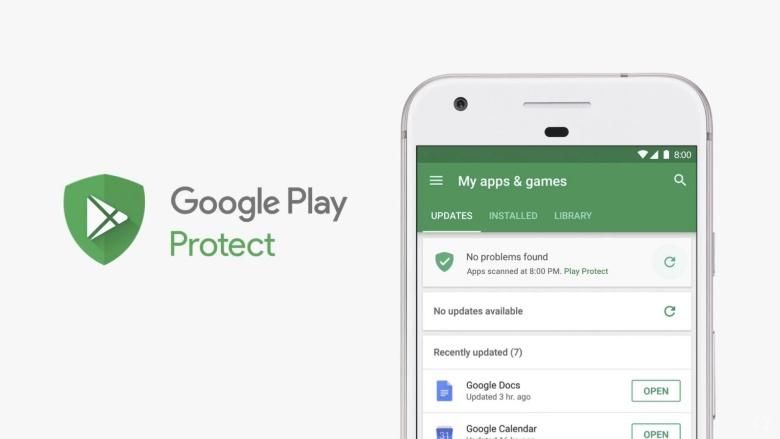With over 3.5 million apps published as of December 2017, 82 billion app downloads officially reported for the whole of 2016, and 2 billion+ active Android devices using it as the go-to place for basically all types of content, Google Play is undoubtedly the perfect target for malicious software developers.
But Google has been ramping up its efforts to improve Play Store security in the past couple of years, looking to destroy the myth of the malware-plagued Android ecosystem. While no operating system or digital distribution service can be 100 percent protected against increasingly sophisticated cyber threats, Google is ecstatic to announce the “probability of a user installing a bad app” from the official Play Store has been halved in the previous year alone.
That’s because over 700,000 apps found to be in violation of Google Play policies have been taken down in 2017, representing a whopping 70 percent increase over 2016’s similar tally. Even though that sounds like complicated, time-consuming work, the search giant is also boasting enhanced speed in identifying and taking action against “bad apps.”
In fact, 99 percent of “apps with abusive contents” were apparently “identified and rejected before anyone could install them”, which is pretty impressive. Machine learning “models and techniques”, i.e. artificial intelligence, greatly helped with that, automatically flagging “potential violations” human reviewers then manually checked to see if they were truly at fault.
Said faults included not just the potential to harm by way of SMS fraud, trojan infiltration or information phishing, but also impersonation of “famous apps” and inappropriate content promotion. Copycats accounted for more than 250,000 of the 700,000 rejected apps during 2017, while PHAs (Potentially Harmful Applications) are described as “small in volume”, commanding 50 percent fewer installs than the previous year thanks to Google Play Protect.

